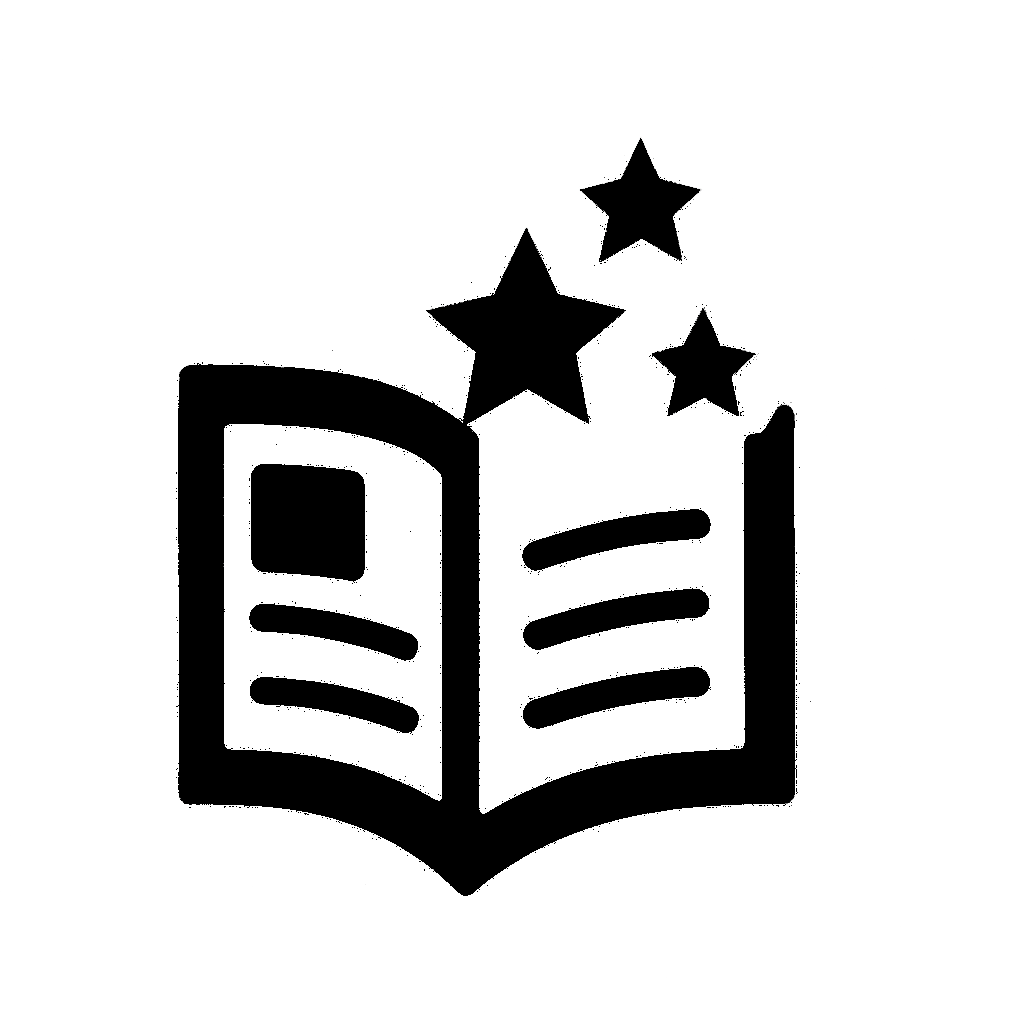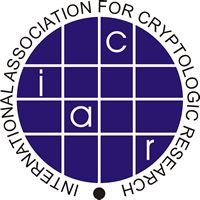
geeknik
@geeknik.bsky.social
260 followers
160 following
5.8K posts
Human Founder->Deep Fork Cyber
⚔️ Security Researcher | AI Glitch Prophet
Open Source Instigator | Pepper Fiend
Coloring outside the lines since forever.
“I don’t push commits—I push cognitive breakdowns.”
Latest: https://gtr.dev
Posts
Media
Videos
Starter Packs
geeknik
@geeknik.bsky.social
· 45m
geeknik
@geeknik.bsky.social
· 11h

Covert Action Cover to Cover
The Directorate of Operations in the Central Intelligence Agency wasn’t initially a big fan of what might be its two most consequential Cold War covert actions: the delivery of Stinger missiles to the Afghan mujahedeen and QRHELPFUL, which sent books, magazines, cash, printing supplies, and other aid into Poland after the communist regime tried to smash the independent trade union, Solidarity, in December 1981.
freebeacon.com
geeknik
@geeknik.bsky.social
· 13h

Oklahoma Predator Hunters Face Felony Charges - Oklahoma Watch
Three Oklahoma men involved in the group Oklahoma Predator Prevention were arrested Friday morning by members of a U.S. Marshall’s task force on felony warrants out of McLennan County, Texas. The men are charged with unlawful restraint and exposing the victim to a substantial risk of serious bodily injury.
oklahomawatch.org






















